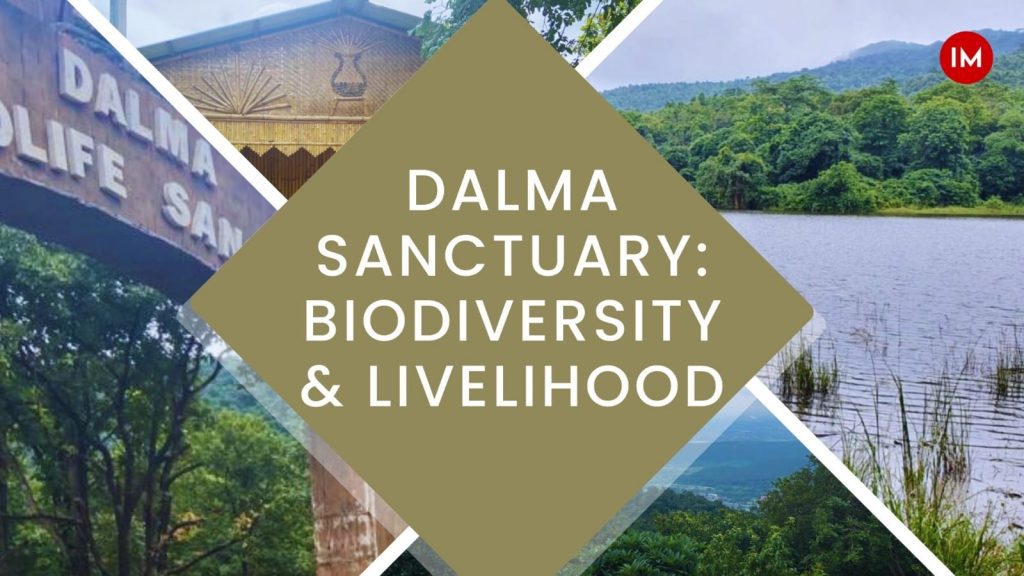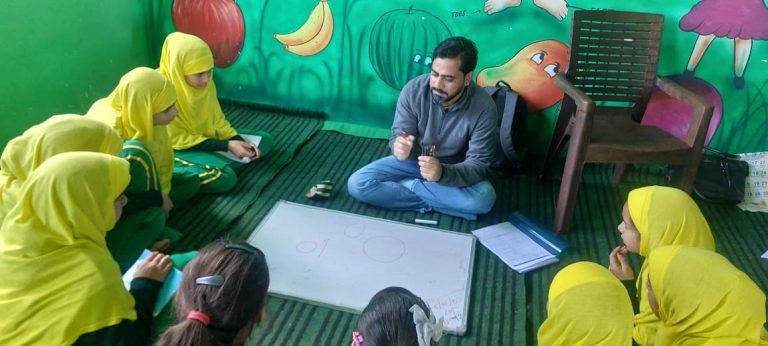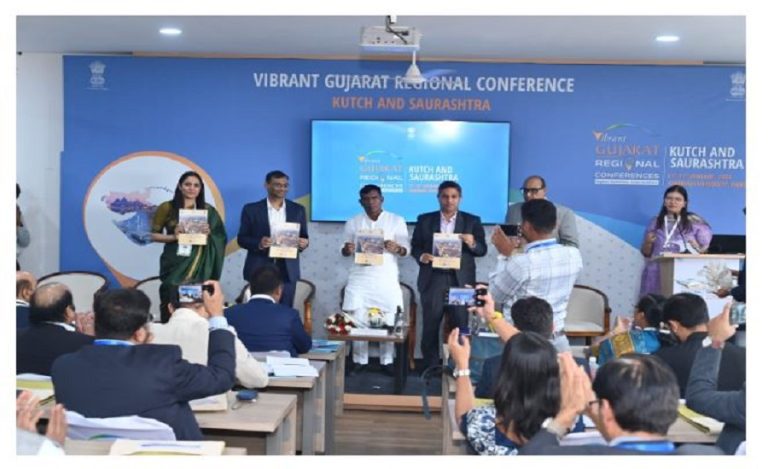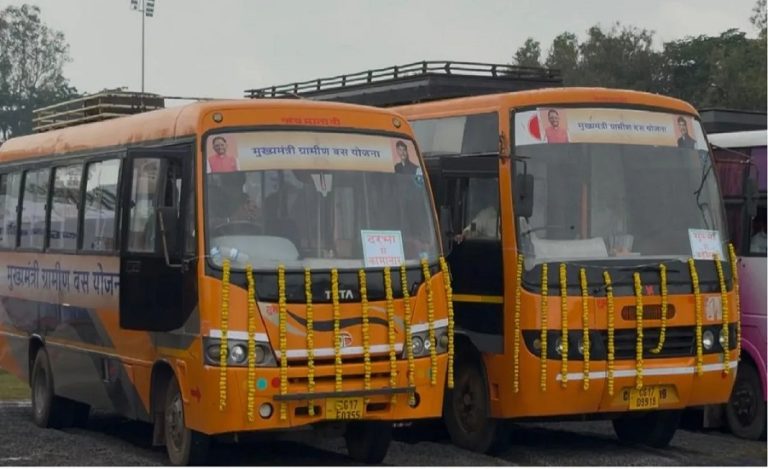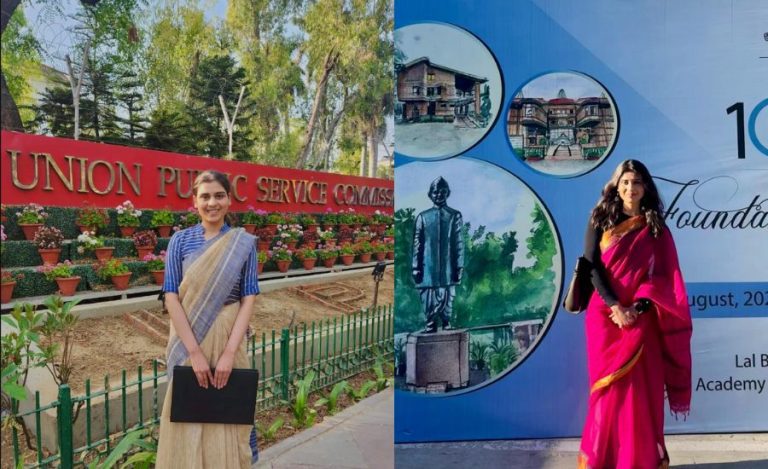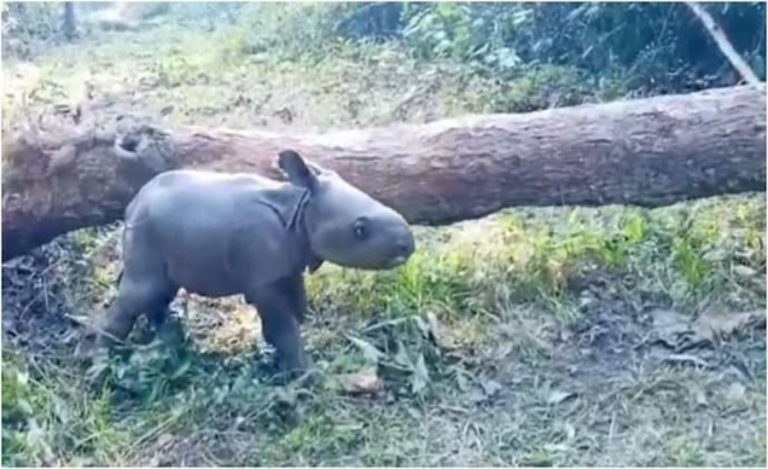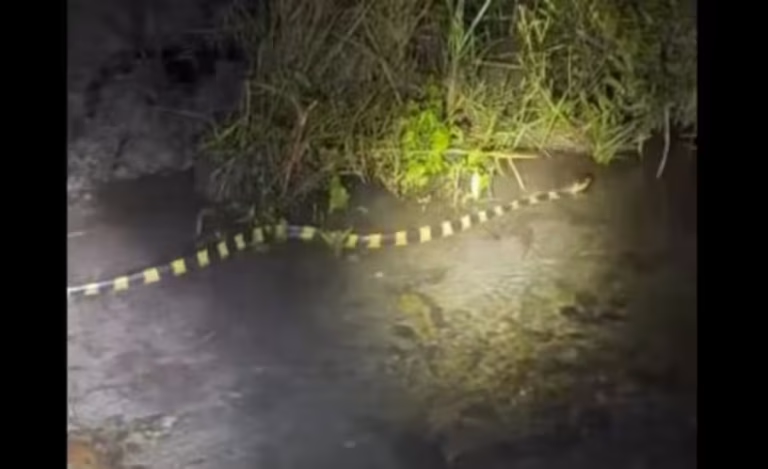Dalma Wildlife Sanctuary in Jamshedpur, Jharkhand, is gaining recognition not only for its magnificent elephant herds but also for its remarkable efforts to conserve biodiversity and uplift the livelihoods of local communities. As the largest elephant reserve in Eastern India, Dalma plays a pivotal role in safeguarding the majestic animal, attracting tourists in the winter season who seek an immersive experience in its lush surroundings.
The sanctuary serves as the core area of the elephant reserve, where these Asiatic elephants find refuge amidst abundant natural resources. Elephants, often arriving in groups of 15 to 20, migrate from neighbouring West Bengal to Dalma. Alongside these gentle giants, the sanctuary is also home to a diverse array of wildlife, including barking deer, wild boar, cheetal, giant squirrels, and numerous migratory bird species.

Speaking to Indian Masterminds, IFS officer Sanjeev Kumar, who is the Additional Chief Conservator of Forest, CAMPA, and CEO of Sidho Kanho Agriculture and Forest Produce State Federation in Jharkhand, shared about the initiatives he is undertaking for the sanctuary and the villagers who live around it.
WATER HARVESTING
One of the standout initiatives undertaken by Dalma forest officials is the construction of water harvesting structures and canals, both within and outside the forest area, benefitting not only the wildlife but also the villagers. The wildlife sanctuary is surrounded by 85 villages. Water harvesting structures and soil moisture conservation works were also done by Dalma forest officials, which have recharged the ground water and have become helpful in rice cultivation in more than 150 acres in the villages of Chakulia, and Shaharbera, and also other villages in the area. The work started in the month of February-March this year.
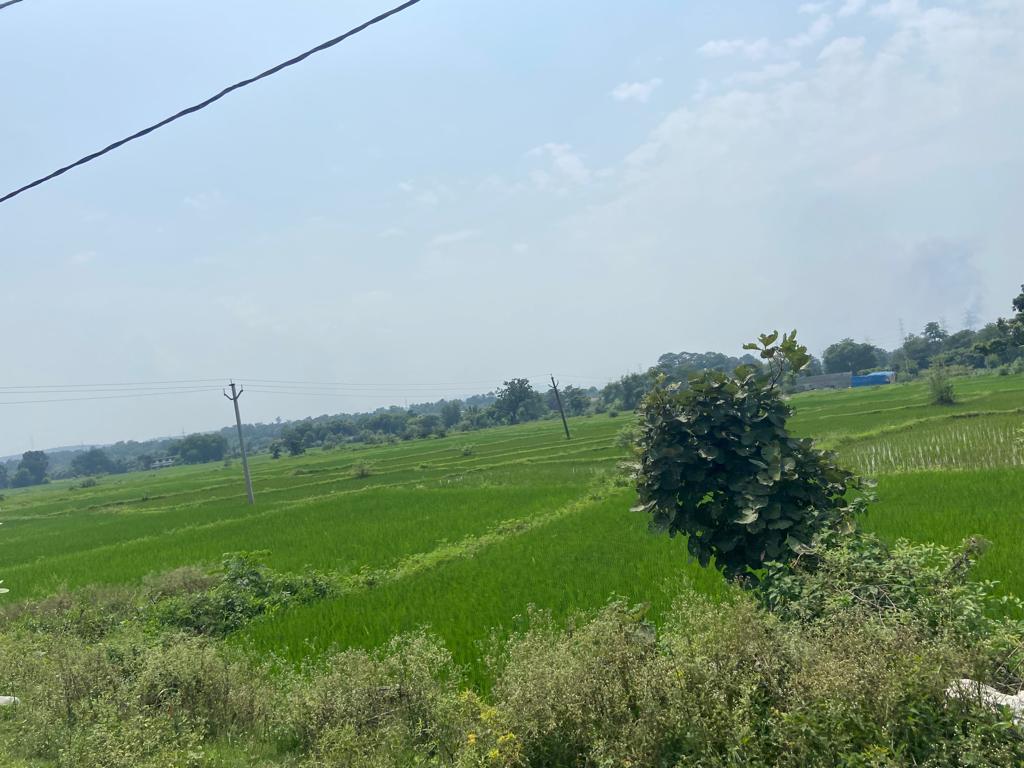
These endeavours have been particularly crucial this year, as Jharkhand has experienced a weak monsoon, resulting in fewer rainy days compared to previous years. “The water harvesting structures have emerged as a lifeline for both the wildlife and the villagers, ensuring their access to water for farming during this challenging period,” the officer added.
PRIMARY OBJECTIVE
The primary objectives of the initiative are the conservation and enhancement of the region’s biodiversity and the improvement of the local communities’ livelihoods, who reside in the 85 villages surrounding the sanctuary.
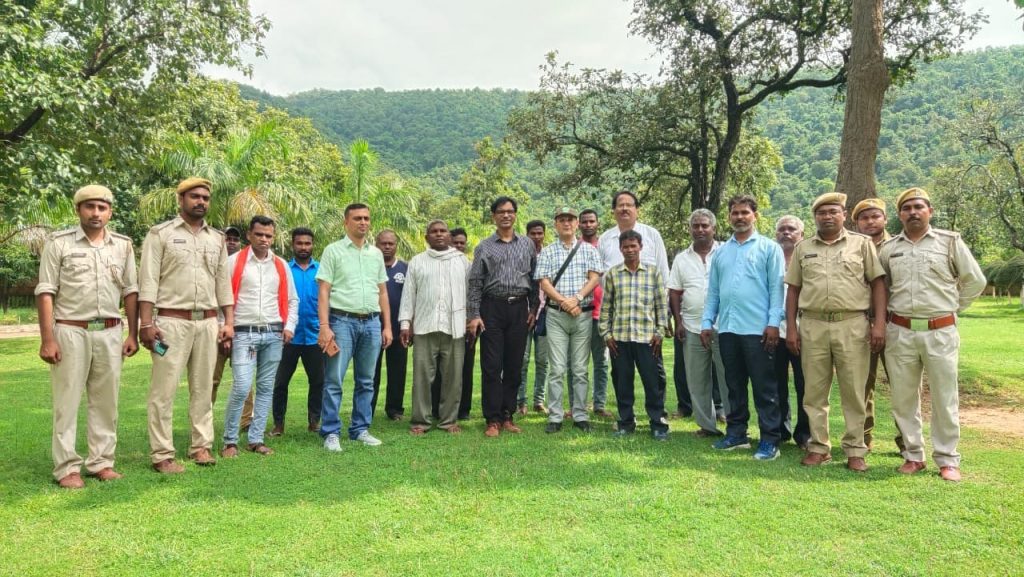
LIVELIHOOD TRAINING
Recognizing the importance of capacity building, the officer has initiated training programmes for local residents, too. He informed that the women of the villages wanted the officer to provide them with the training of stitching. The training has seen participation from 50-60 women from the villages. “They are still in the initial stage of learning,” Mr. Kumar said. Additionally, training in the production of Mahua pickle and Mahua laddu aims to empower women and diversify their income streams.
Furthermore, traditional medicinal systems are being revived to not only provide healing but also promote biodiversity. Medicinal plants, integral to the region, are being cultivated with meticulous care under the guidance of experts, preventing any harm to these valuable resources.
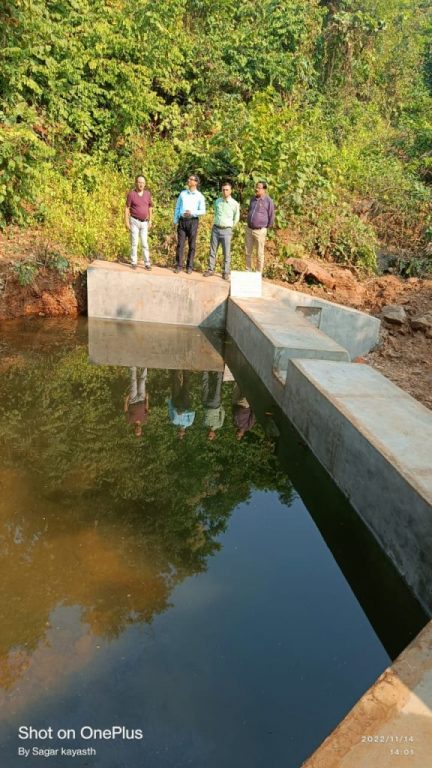
TOURISM
Tourism, too, is being harnessed as a tool for economic development. The forest department has been asked to train the villagers as tourist guides. These guides, intimately familiar with the do’s and don’ts in the forest, provide an authentic and informative experience to visitors while creating employment opportunities for themselves.
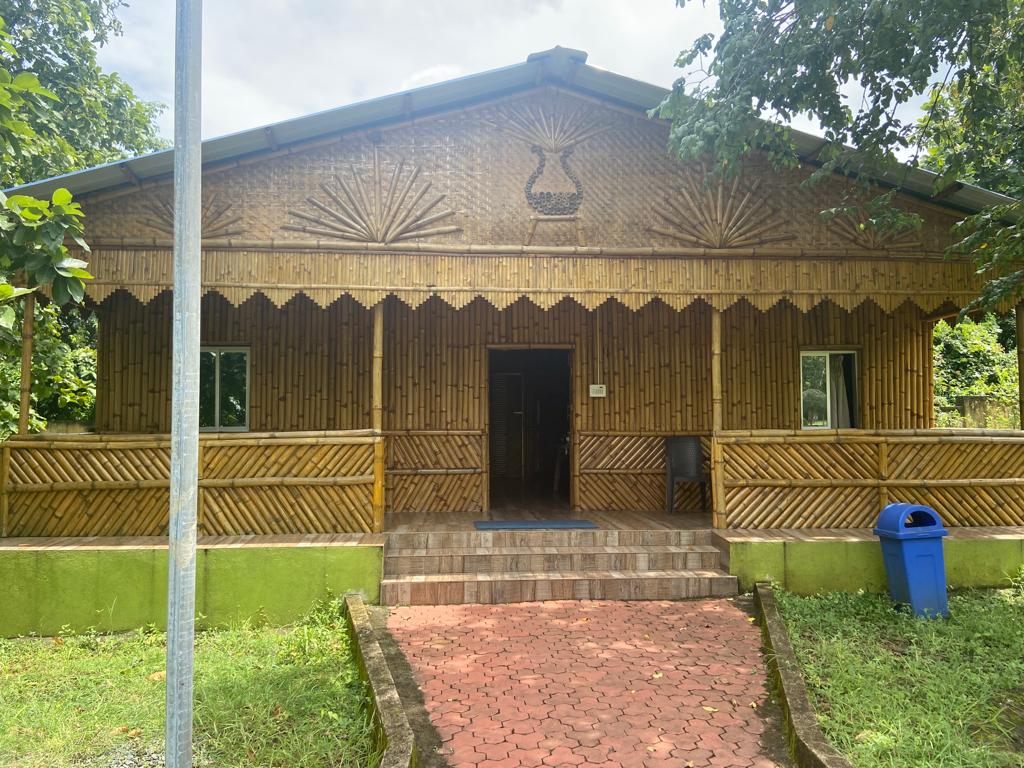
Looking towards a sustainable future, plans are in place to establish a solar power plant to address electricity needs, as well as provide training in pottery and fisheries to local people. These holistic efforts aim to engage more and more people in the initiative, fostering a sense of ownership and responsibility for the sanctuary and its surroundings.

